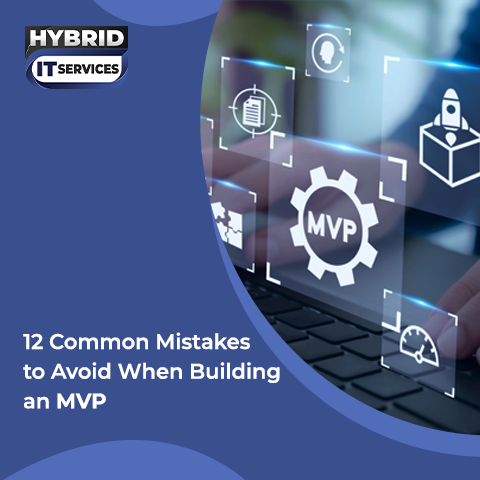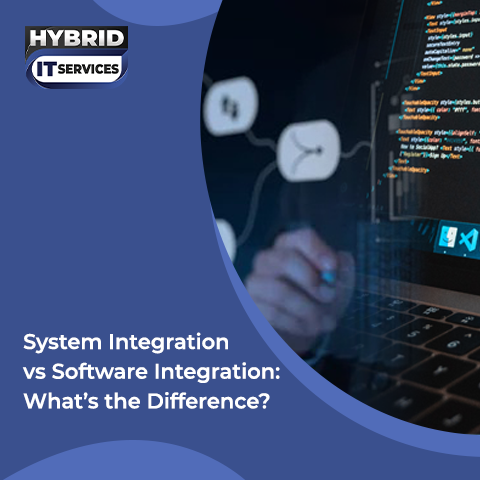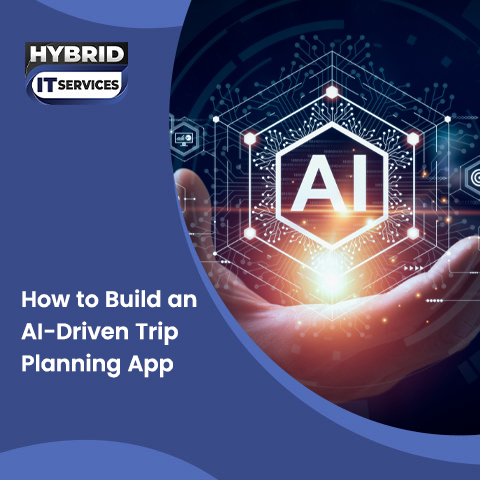System Integration is the process of bringing disparate computing systems, software programs, and hardware devices together into a single system so that they interact smoothly with each other. The idea is to get all these things to act like a single entity to enhance efficiency, eliminate redundancy, and make processes easier.
But the reality is, system integration challenges are not always easy. In fact, it has a headache of its own. Whether you're a growing business attempting to get with the times or a big company updating your infrastructure, here are some of the most common system integration issues and their solutions. You may also read: What Are Systems Integration Services? A Complete Guide
Even when the new software integration is designed to operate more efficiently, people detest change, especially if they have spent years learning to work around the old infrastructure. Employees may worry that they will be fired, cannot learn new machinery, or simply resist altering their way of doing things.
Challenges in System Integration
Legacy Systems That Won't Let Go
Most firms continue to employ older, outdated hardware or software system integration—legacy systems. They may not conform to current compatibility protocols, APIs, or security features. And, naturally, the documentation for them likely doesn't exist, is unclear, or is absent. The result? Your new gear can't integrate properly, and your employees are hindered by working around the system instead of working with it.
Solution:
Start off by evaluating your legacy system in depth:
- What is it constraining?
- Does it have integration points?
- Can it be "wrapped" or upgraded using middleware?
It is feasible for a good system integrator (our team at Hybrid IT Services, e.g.) to craft a custom bridge between your old and new tools through APIs, connectors, or microservices. Where it makes sense, it is worth designing a staged transfer to newer systems, rather than trying to get old tech to play nicely with modern platforms.
Lack of In-House Expertise
Integration projects are not plug-and-play. They must be planned, architected, coded, tested, and even custom-built occasionally. Most internal IT teams don't have the bandwidth or the specific experience required, especially when dealing with compound integrations involving multiple platforms or cloud-based systems.
Read another piece of writing: The Role of Cloud Integration in Custom Software Solutions
Solution:
Bring in external system integration issues experts who've done it all. Not only are they saving you money and time, but they are also helping you create scalable, secure solutions that enable you to scale in the future.
It's an investment, not an expense. A proper integration arrangement will save you months of boring manual effort and thousands of lost productivity.
Data Incompatibility and Silos
Different systems store and process data in different ways. It might address your customer as "ClientID" in one and "Customer Number" in another. Date formats, currency types, and units of measurement—it all counts.
When systems are not in sync on how to swap or read data, you can lose data, enter duplicate records, or make bad decisions from out-of-sync reports.
Solution:
- Use a data mapping and cleansing procedure prior to integration.
- Standardize your data formats between systems.
- Employ ETL (Extract, Transform, Load) tools so that data moves cleanly and consistently.
And have a clear data governance policy to determine who owns what data and how it gets validated, updated, and maintained.
Change Management & User Resistance
Even when the new system is designed to operate more efficiently, people detest change—especially if they have spent years learning to work around the old infrastructure. Employees may worry that they will be fired, cannot learn new machinery, or simply resist altering their way of doing things.
Solution:
- Communication is key.
- Win over users early in the process.
- Tell them how the integration will be easier, not harder, for them to do.
- Offer training and support to guide them through the change.
Above all, involve leadership in leading the change at the top. When employees see that the change is supported by the whole company, not just the IT department, they're much more likely to embrace it.
Take the insights here: How To Integrate Custom Software with Existing System?
Security and Compliance Issues
Different systems have different degrees of security requirements. If you put them together, you produce new points of entry, i.e., new vulnerabilities. If not kept under control, your data are exposed to breaches, leaks, or compliance problems (especially if you are in a regulated industry like healthcare or finance).
How to get around it:
- Use secure APIs, access controls, encryption, and firewalls.
- Regularly test your systems for weaknesses.
- Make sure your integration honours compliance requirements with things like HIPAA, GDPR, or SOC2.
Bring on professionals who are knowledgeable about the technical as well as regulatory requirements of your industry. Security can't be an afterthought. It needs to be part of your integration strategy.
Scalability and Performance
You can develop an integration that performs beautifully today, but what if your business doubles in size next year? Can your infrastructures keep up? Will the data still synchronize in real time? Inefficiently constructed integrations turn into chokepoints as your operations grow.
Solution
- Plan your integration architecture with the future in mind.
- Deploy modular, scalable solutions that will grow with you.
- Leverage cloud infrastructure wherever possible, where you are able to scale up and down as you need.
- Monitor system performance continuously and adjust accordingly based on business needs.
Conclusion
System integration challenges are not merely stringing together different pieces of software system integration. It's making the connected business where your data, teams, and tools are all harmoniously integrated. There will be hiccups, sure. But with a savvy strategy and the right partner, those hiccups don't have to become roadblocks.
Consult today to discuss your integration requirements; our language is your language, and we'll get your systems playing nice.






